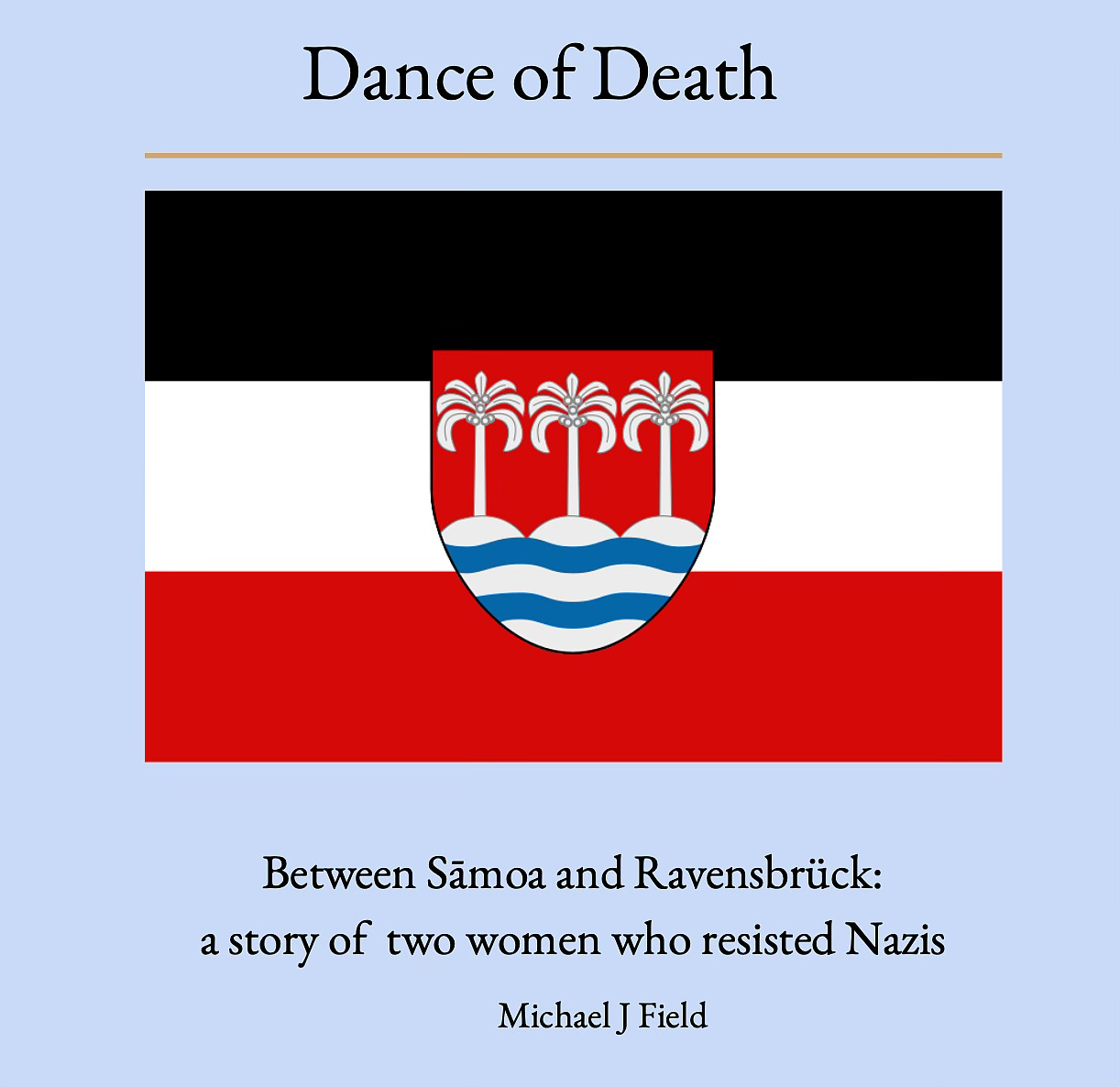For less than fourteen years, Deutsch-Samoa stood as a Pacific outpost of Imperial Germany’s Second Reich—a brief chapter in colonial history soon overshadowed by the First World War.
The men who ruled it have been largely forgotten, but the story of two women deserves to be remembered. Johanna Elisabeth Susanne Solf and her daughter Maria-Elisabeth Augusta Margaretha So'oa'emalelagi Solf. ‘Lagi’, or ‘gift from heaven’, was at the centre of this story. Lagi was born at Vailima, the small mansion in Sāmoa that served as the residence of her father, Wilhelm Heinrich Solf, the colony’s first governor. The Solfs departed before New Zealand forces seized Sāmoa in 1914, embarking on a journey that took them to Japan and China before eventually settling in Berlin. While German rule in Sāmoa ended, its influence lingered. Even as New Zealand sought to suppress pro-German sentiment, a Nazi Party emerged in Sāmoa—an aftershock of the rising Third Reich. Meanwhile, in Germany, Johanna and Lagi took a different path. As Hitler tightened his grip on power and the world edged toward war, mother and daughter risked everything to help Jews escape Nazi persecution. Their quiet defiance, carried out in the heart of Berlin, would ultimately place them in mortal danger. When their resistance efforts against Hitler were uncovered, the Gestapo imprisoned them in concentration camps. Dance of Death tells the little-known story of war, courage, Sāmoa, and two extraordinary women who defied tyranny.
10. Nazi Germany’s Sea Devil shows up in Sāmoa
11. Solf Circle’s special task
12. Rumours of Routes into Switzerland
13. A Charite doctor
14. Gestapo Seize Solf Circle Members
16. Marriage and spies
17. Ravensbrück company
18. Sinister people’s court
19. Many shots
20. Hunger tortured us
21. ‘Propagated subversive ideas’
22. God’s verdict
23. Desire to live
24. Witness at Nuremberg
25. Resistance





Thank you for this interesting reporting on Germany’s history in Samoa as well as your Invincible Strangers. I was aware of Germany’s colonization of Samoa in 1900, but your in-depth reporting especially on Wilhelm-Heinrich Solf
has intrigued me—especially his wife, Johanna and daughter, Lagi when they returned to Germany and their lives during the Nazi era.
I also just found a Utube video by Wilhelm Solf’s great great grandson Baron which covers a lot based on Lagi’s personal diary. I wonder if her Diary is in print?
I was fortunate to have been in the first U.S. Peace Corps group to serve in Samoa in the late 60’s and taught school in beautiful Vailima, an area of
political and literary significance which I have become so much more aware of throughout these past many years and because of reporting like yours. I am excited for one last trip to Samoa this summer and viewing with entirely different eyes.
Nancy
Dear Michael,
Thank you for your reply. Will check out the Art Centre. The Substack app is very new to me and I only just started reading your articles on the South Pacific area. What year was your first visit to Samoa?
All the best to you and yours.